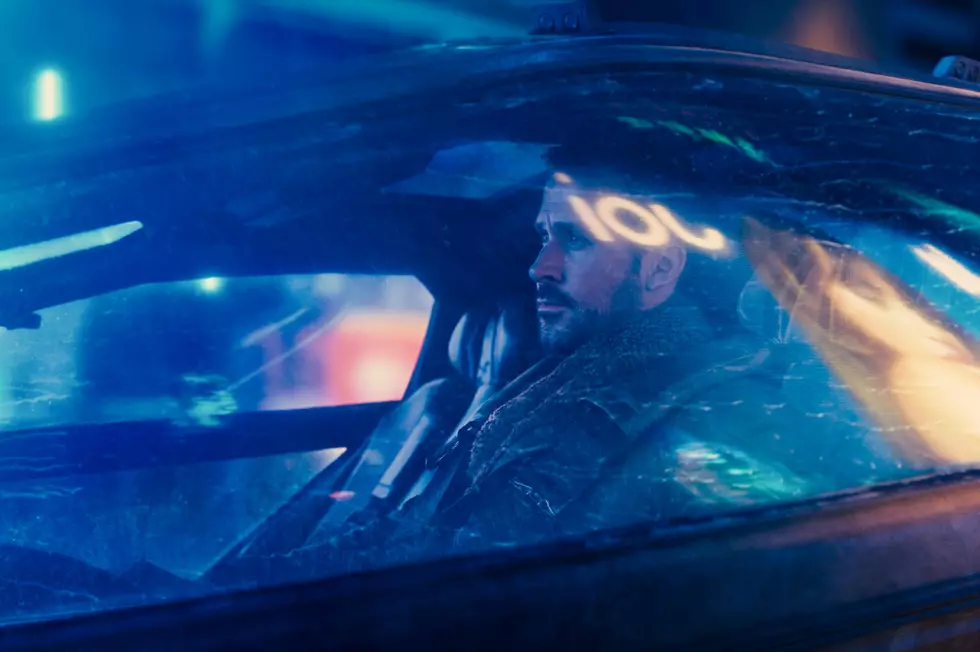
‘Blade Runner 2049’ in 2D or 3D? The Cinematographer Says 2D
The 3D revolution in Hollywood (or at least the most latest one, there have been at least two other attempted 3D revolutions in the past) is now closing in on eight years and counting. But where theaters and studios were for a long time pushing 3D as the way to see their blockbusters, they now tend to hype other special formats, like IMAX. Most tentpole films are still released in 3D, and in general the 3D has gotten a lot more consistent from where it was back in 2009. But it definitely isn’t as “hot” as it once was.
It remains a big question, though: Do you see something in 2D or 3D? How do you know whether a film was shot in 3D (or at least converted to 3D) with care? It’s often difficult to tell. The biggest spectacles aren’t always the best suited to 3D. And not all filmmakers love working in it. On his website, for example, Roger Deakins, the legendary cinematographer of Blade Runner 2049, encouraged people to see his film in 2D. His comments:
My preferred version is the standard 2D widescreen version. A problem I have with some viewing systems is their use of silvered screens. The image projected on a silvered screen lacks saturation as well as density as it falls off from a hot spot in the center of vision. This may not be so apparent for someone sitting in the optimum viewing seat but it is a compromise in terms of image quality wherever you are seated, though it maybe a compromise worth accepting if you are a fan of 3D.
It’s worth noting that the studio showed Blade Runner 2049 to critics in 2D, not 3D. That was how they wanted us to see it. And it looked absolutely spectacular in 2D. No additional immersion was necessary.
Blade Runner 2049 is in theaters now. I think the main thing is you should see it, whether you prefer 2D or 3D. Just see it big. The movie will never be as good on a television or tablet as it is in a good movie theater.
Gallery: The Best Sci-Fi Movie Posters Ever
More From KISS FM 96.9










